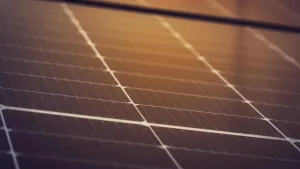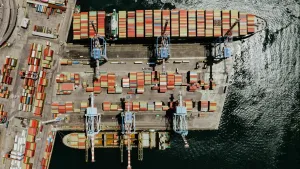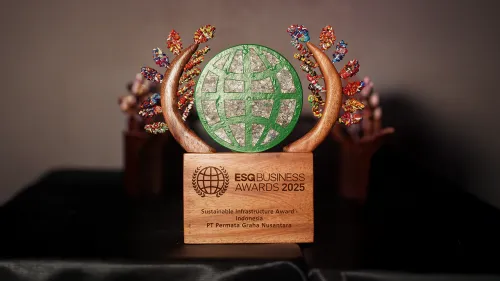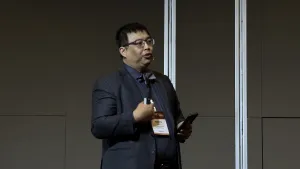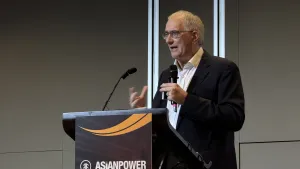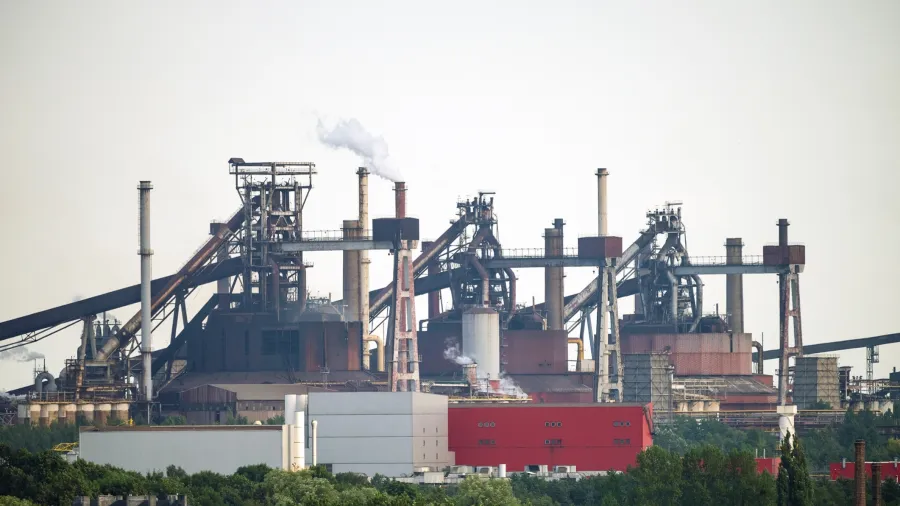
Expert casts doubt on carbon capture for steel
An Institute for Energy Economics and Financial Analysis report poses the question on whether companies should stick with CCUS or shift to evolving alternatives.
Despite being around for 50 years and supported at the 2023 COP28 climate conference, carbon capture utilisation and storage (CCUS) continued to underperform.
Citing Bloomberg New Energy Finance (BNEF), the Institute for Energy Economics and Financial Analysis (IEEFA) said in its “Carbon Capture for Steel?” report that CCUS only captures 0.1% of global emissions. IEEFA also noted that out of 13 large-scale CCUS projects, five underperformed, two were suspended, one was mothballed, and two did not provide data that allowed performance to be assessed.
Given this situation, should capital still be allocated in CCUS?
According to Simon Nicholas, lead analyst for the global steel sector at IEEFA, it may be time for investors to get involved.
“I think any investor in a steel company should be questioning that company if they are intending to put large amounts of capital into CCUS,” he told Manufacturing Asia in an interview. “I just don’t think it's a good solution. Even the small scale, pilot scale projects we’ve seen in Europe have been expensive and captured very few emissions.”
Nicholas also said it looks “increasingly unrealistic that CCUS is going to evolve.”
One of the factors affecting the performance of CCUS is the cost of installing this technology. IEEFA noted that whilst the cost of alternatives – like renewable energy and battery storage – plunged, the price to implement carbon capture hardly reduced in 40 years.
The costly implementation of CCUS can be associated with the uniqueness of each project, Nicholas said.
“There’s no turnkey solution, which you can fit to any project. Each project is different. It’s faced with different geology, different problems, different risks, different conditions, which makes it slow to implement and also keeps the cost high,” he explained.
The expert said proponents have said what is needed is a significant carbon price. However, he noted that there is a significant carbon price in Europe which is not enough to encourage more projects on a commercial scale.
The IEEFA report also said that out of the combined 392 projects, only four are in the steel sector, including the operational Al Reyadah project in the United Arab Emirates. Three of these are for direct reduced iron-based (DRI) steel plants, not for blast furnace-based steelmaking which is the dominant and most carbon-intensive process.
DRI-based steel making can run on green hydrogen with very low emissions, the report noted.
“If steel CCUS cannot advance in Europe where there is a significant carbon price, it cannot be expected to make headway in developing Asia, the seat of major steel demand growth,” the IEEFA pointed out.
Defining green steel
According to IEEFA, tighter definitions of what “green steel” it to be expected soon. This may put manufacturers implementing this technology at risk because steel produced this way may not be qualified as such.
Another risk they are likely to face is consumers not wanting coal involved in their supply chains at all.
Nicholas said the German steel industry has recently been setting their standard, but establishing a global one will be complicated.
“It’s hard to get one definition that covers all cases,” he told Manufacturing Asia. “There will have to be quite a lot of legislation. We’ll probably see competing definitions, but then I imagine that one definition emerges as the benchmark at some point.”
Shifting to alternative
IEEFA said that in the 2021 report of the International Energy Agency (IEA), titled “Net Zero by 2050: A Roadmap for the Global Energy Sector,” CCUS-equipped processes will make up 53% of global primary steel production in 2050. IEA’s Net Zero Emissions by 2050 Scenario said that 670m tonnes of CO2 would be captured from these processes.
The IEA reduced its projection in its 2023 update to 37%, capturing only 399m tonnes by 2050. Meanwhile, hydrogen-based steelmaking increased to 44% from 29%.
The IEEFA expects IEA will continue decreasing the role it expects CCUS will play in steel decarbonisation.
Nicholas said that DRI-based steel making and electric arc furnaces are being targeted in Europe.
India, a major market for steel, may lag behind since most of its planned capacity expansion is for blast furnace-based steel making, he noted.
Nicholas said that from an energy security perspective, “it is in India’s interests to start developing its own green hydrogen production for steel making.”
“India will be the place to produce green hydrogen because energy is already very cheap in India. So the replacement of blast furnaces with green hydrogen will probably be quicker than people expect,” he said.
